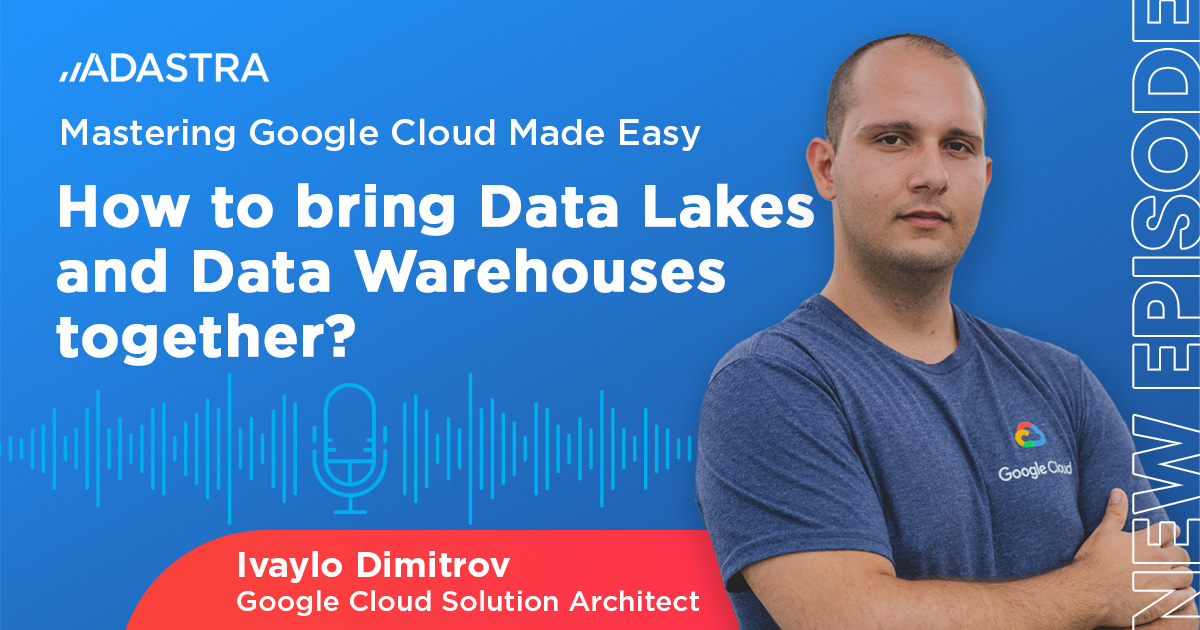Insights
Customer 720: Driving Actionable Insight From Your Master Data Management System
October 6, 2022
I’m here with Rahim Hajee, Chief Technology Strategy Officer at Zelusit to discuss the emerging concept of Customer 720, and how it can be beneficial for organizations to get a more complete picture of their customers and therefore provide them with a higher degree of personalized services.
Hi Rahim. First off, can you explain the concept of Customer 720 and how it came about?
Definitely. Customer 720 is an evolution of the term Customer 360, which is a domain-specific sub-term for a master data management (MDM) system. A Customer 360 solution shows a holistic view of cleansed, de-duplicated, mastered, and governed customer data across multiple systems as they relate to accounts, products, brokers, or other domain-centric MDM solutions.
There are two views on the evolution of Customer 360 to Customer 720. One is that Customer 720 consists of two circles: the first circle being internal customer data and the second circle being external customer data. The second circle consists of information that maps your customers to their social media profiles (e.g., Do they have a LinkedIn profile? How active are they? Are they tweeting about your brand?), loyalty information, channel preferences, and marketing campaigns. This information helps us get an understanding of how to engage with that customer.
With Customer 720, we enhance this by understanding their holistic journey across our organization and through customer micro-segmentation. This allows us to improve cross-sell and upsell opportunities by creating offers or products that will resonate specifically with customers. We can address customer needs more effectively to ensure every interaction is a positive one.
It allows organizations to identify friction points that might exist. If, for example, customers can’t buy a product from the website or there are a lot of call center interactions because alternative channels are not available, then we can focus our efforts on finding that channel optimization mix to increase customer satisfaction.
From a cost perspective, it can help optimize the cost to acquire and retain a customer, resolve customer issues through AI-based automation efforts, or even help figure out how to create a new product that resonates with customers, reducing research and development and trial and error efforts.
With Customer 720, organizations can potentially have dynamic pricing through bundles or subscribe and save models, passing additional benefits to the customer. The idea here is to have this done automatically, leveraging what you know about your customer (taking into consideration customer lifetime, loyalty, and relevant micro-segments), leading to higher customer retention.
Are there any challenges that organizations should look out for when implementing Customer 720?
At Zelusit, however, we like to say that Customer 720 is the evolutionary combination of a master data management platform and a customer journey platform, leveraging deep AI and ML-driven segmentation to drive analytical capabilities and enhance the customer experience through derived actions. This information reveals the next best action recommendations and ways to personalize customer journeys. So, it’s not necessarily two circles that complement each other, but it’s a tiered process – aiming to get more out of that 360 or 720 MDM experience with each layer.
There are a few challenges that could come up. The first one is overall data governance maturity when implementing an MDM solution. The concept of MDM ensures that key lines of business have a say in how their domains look at the end of the day and how they might interact with one another, which is both an advantage and a challenge, in addition to making sure the data is clean, accurate, matched, and deduplicated on the MDM side. Multi-domain and multiple domain MDM strategies can help alleviate this.
The other challenge would be around the segmentation of customers. How exactly are you segmenting customers? Are there any concerns that, if this type of segmentation were to be revealed publicly that it might create damage reputationally to the organization or impact loyalty from that specific customer (e.g., calling them “not a high-value customer”)?
There are some privacy legalities that exist around laws for the protection of customer data and how they might be used. There could be different criteria for personalization in terms of how we can aggregate and view these customers as well as what we can leverage for analytics from a third party or internal sources. Organizations need to ensure the right processes are in place, so they are looking at clean and accurate data.
There are also architectural challenges around the overall security of data with technologies that use, interact with, or integrate data with one another.
In essence, current market mature MDM providers have some form of remediation to these challenges built into capabilities, supporting the governance within and governance of any MDM solution.
So, is Customer 720 best suited for larger organizations with more robust data processes, or can it be leveraged in smaller organizations?
The caveat here is that if you don’t have an MDM in place and you’re a large organization, it will be a little bit harder organizationally to get to Customer 720, whereas for a smaller organization, it might be easier because there will be less ownership and process change management challenges in the way.


